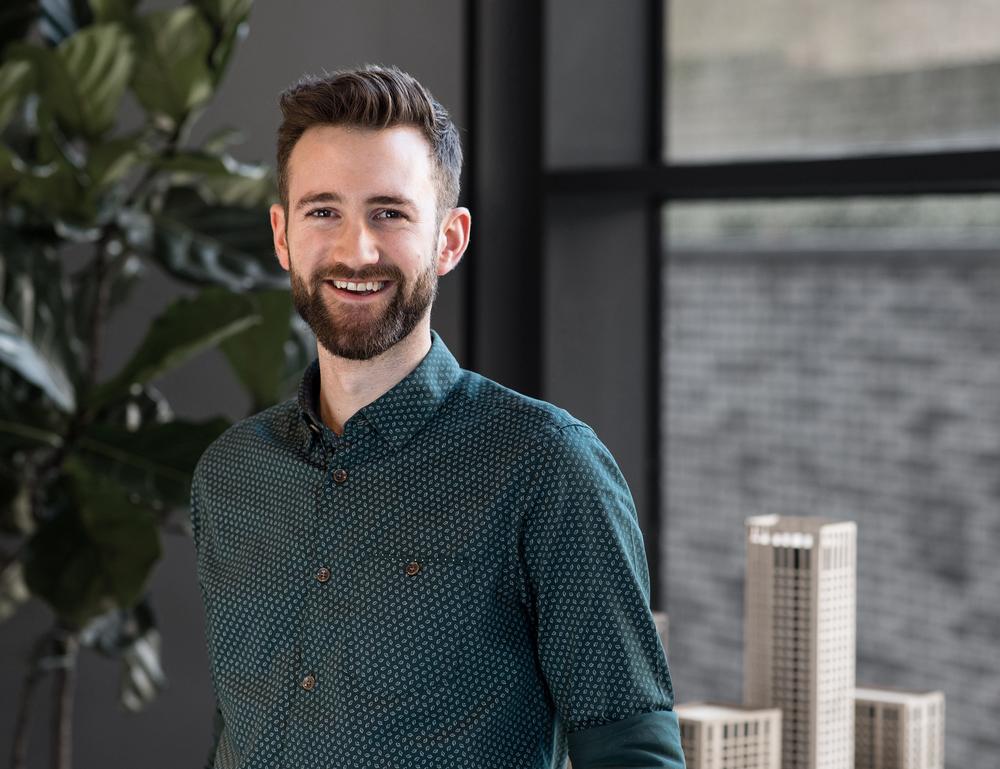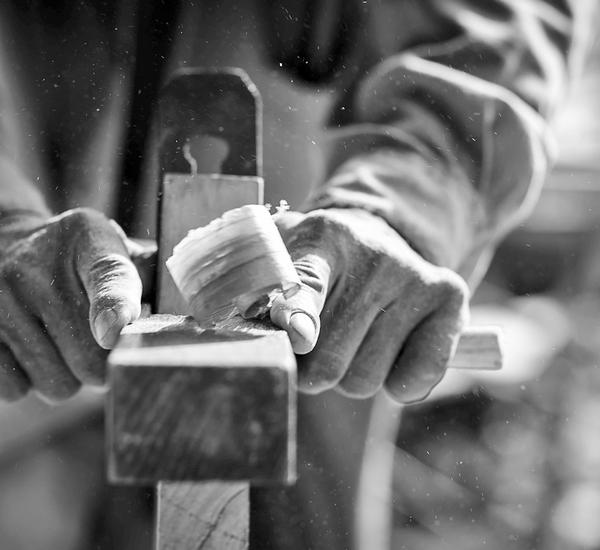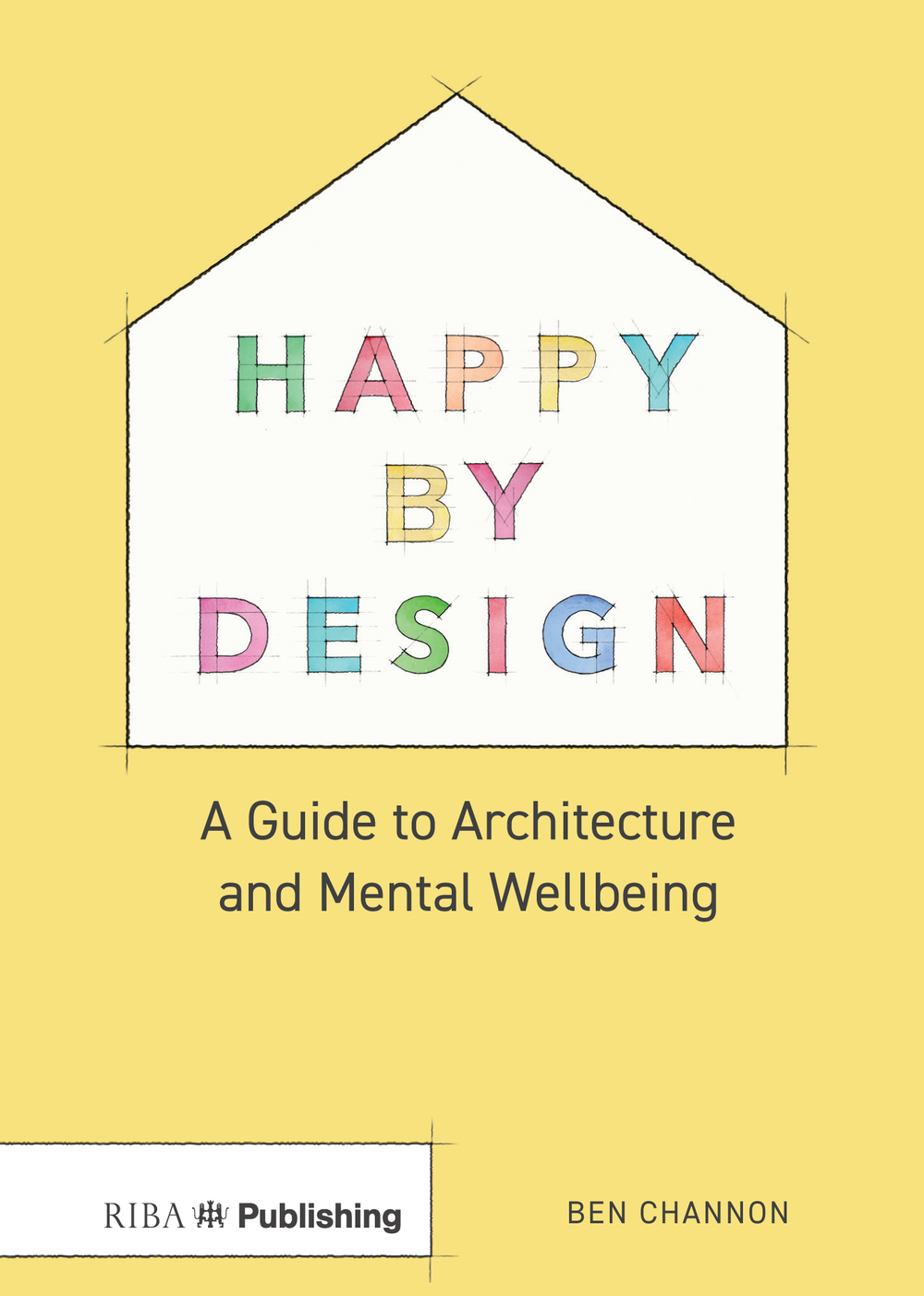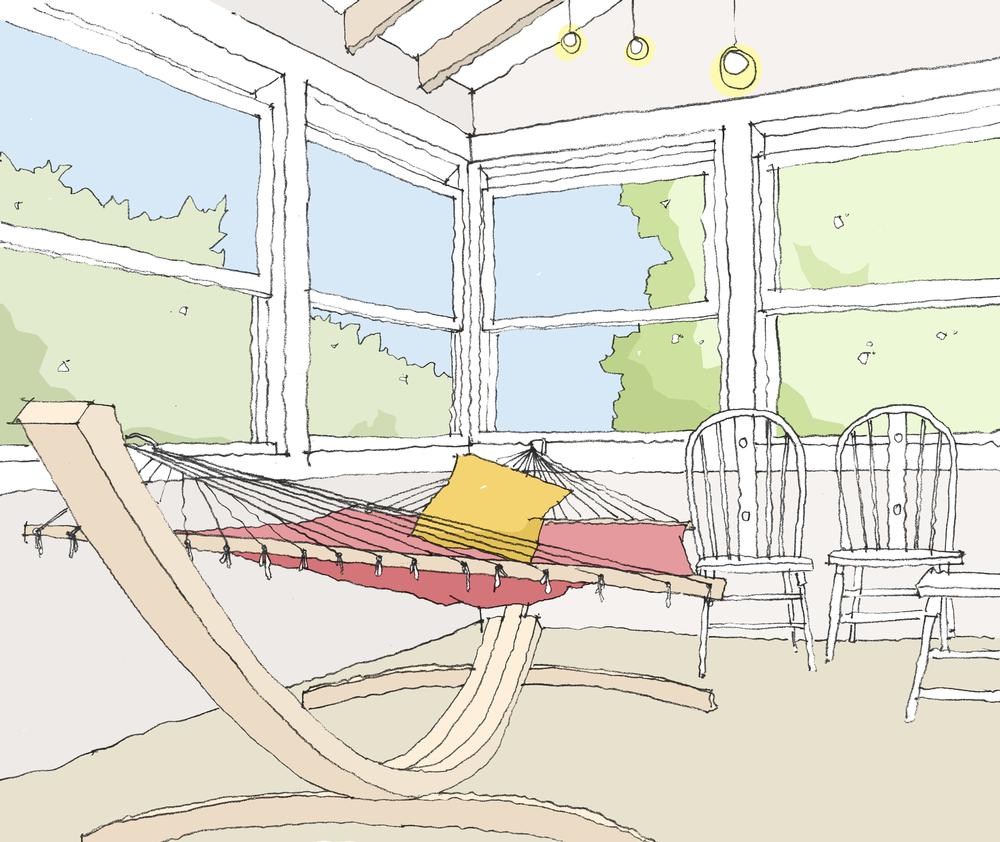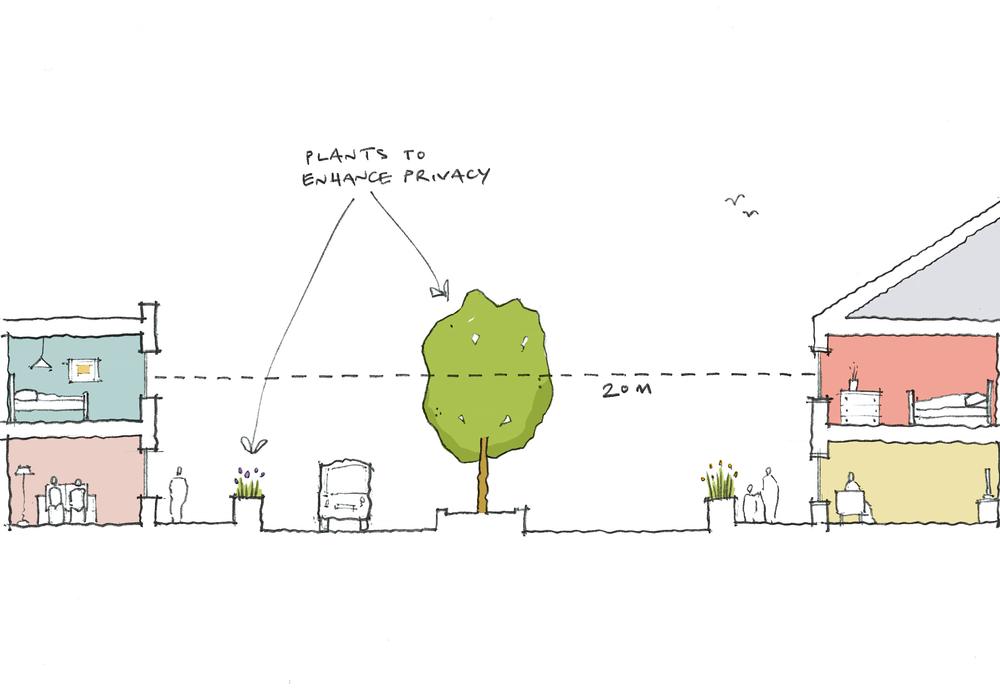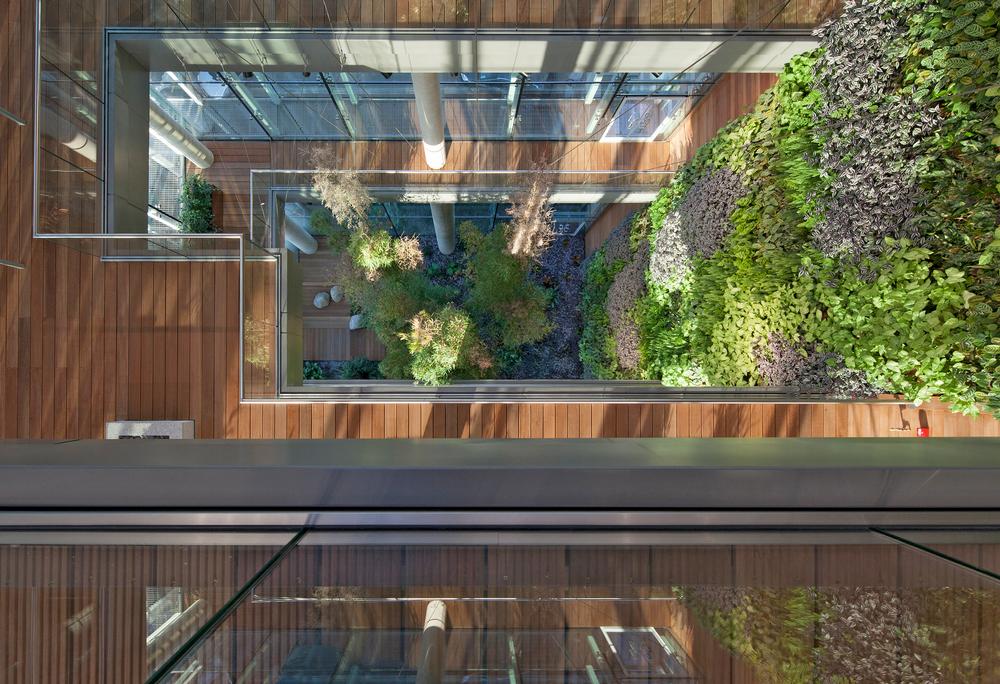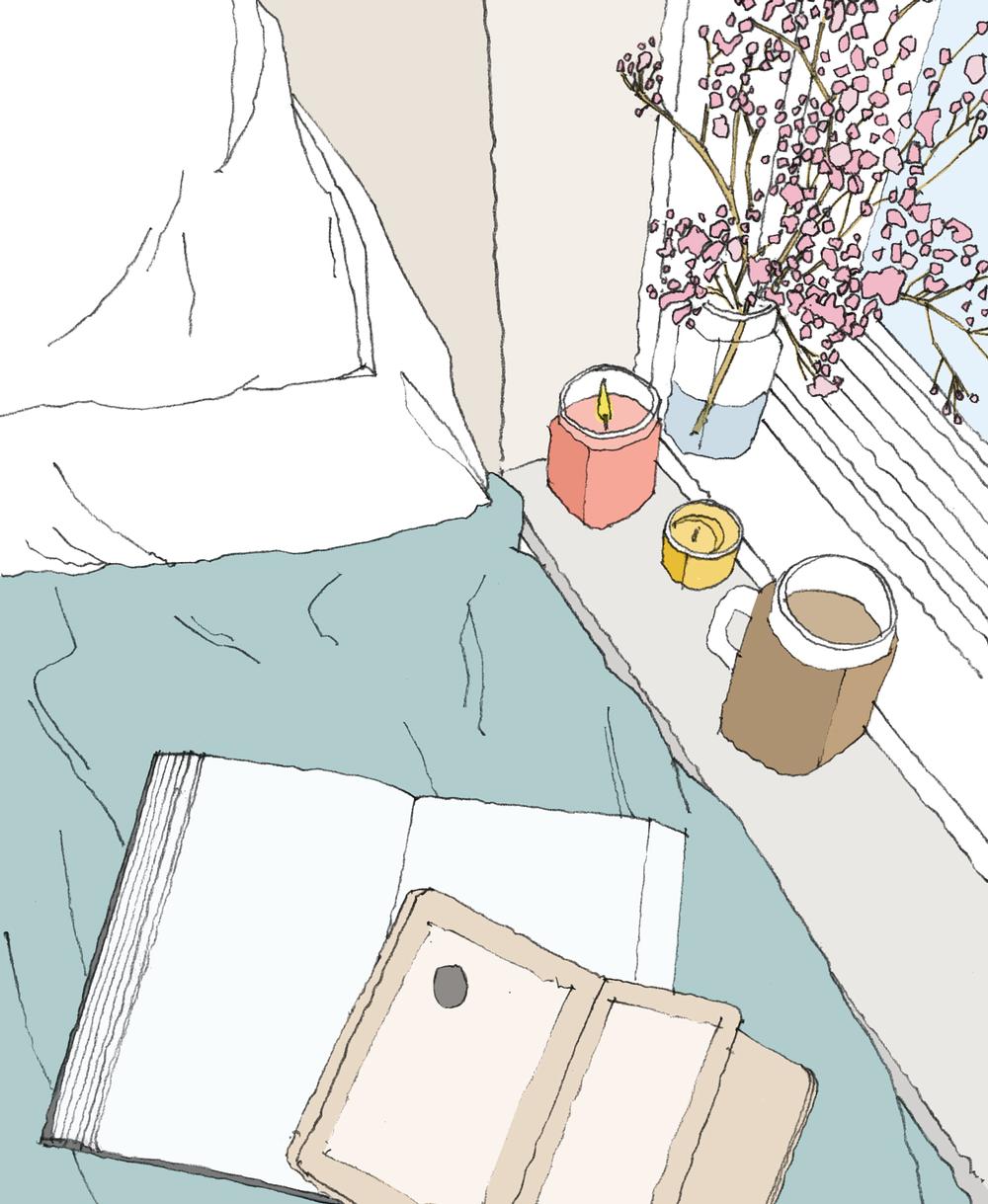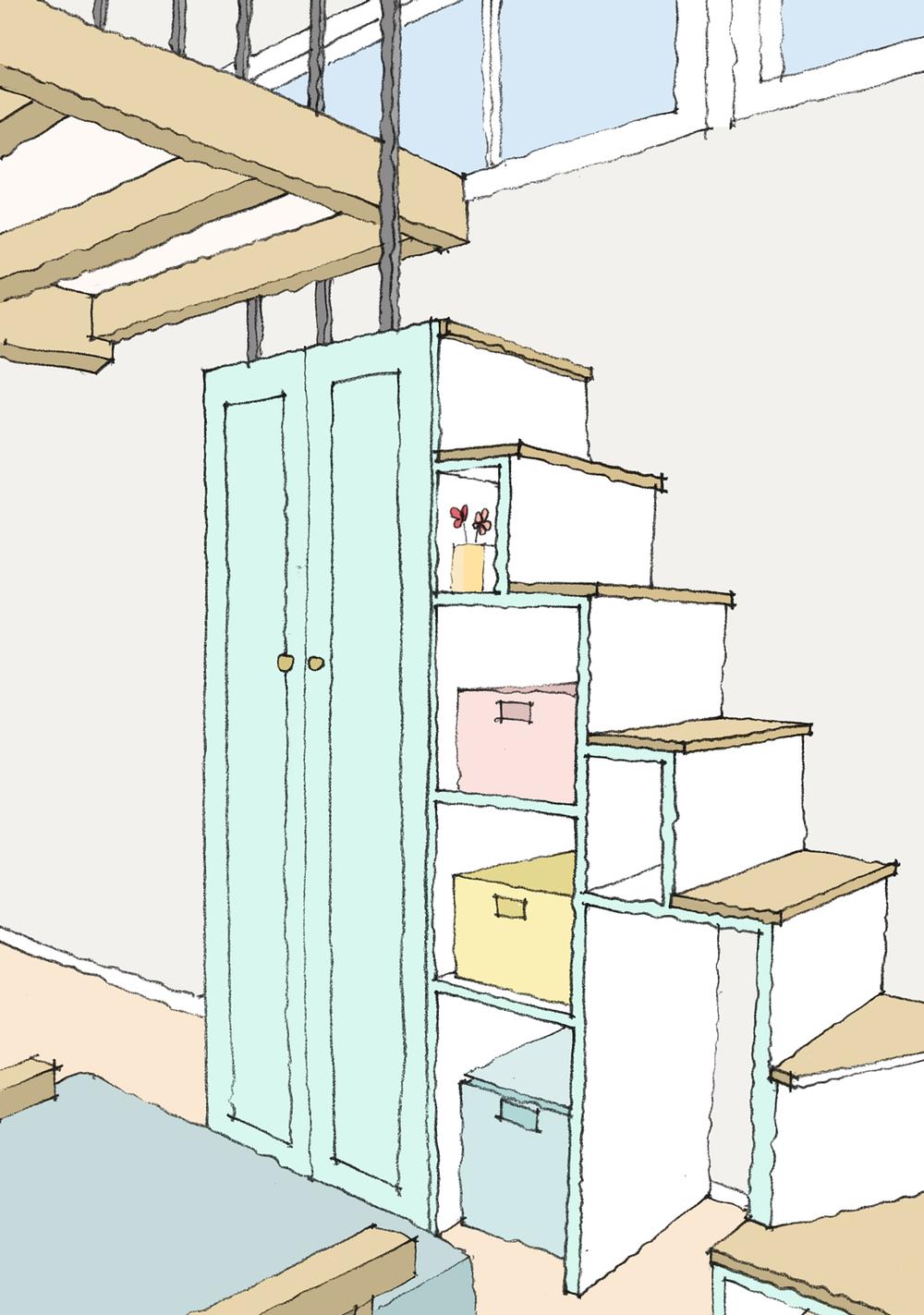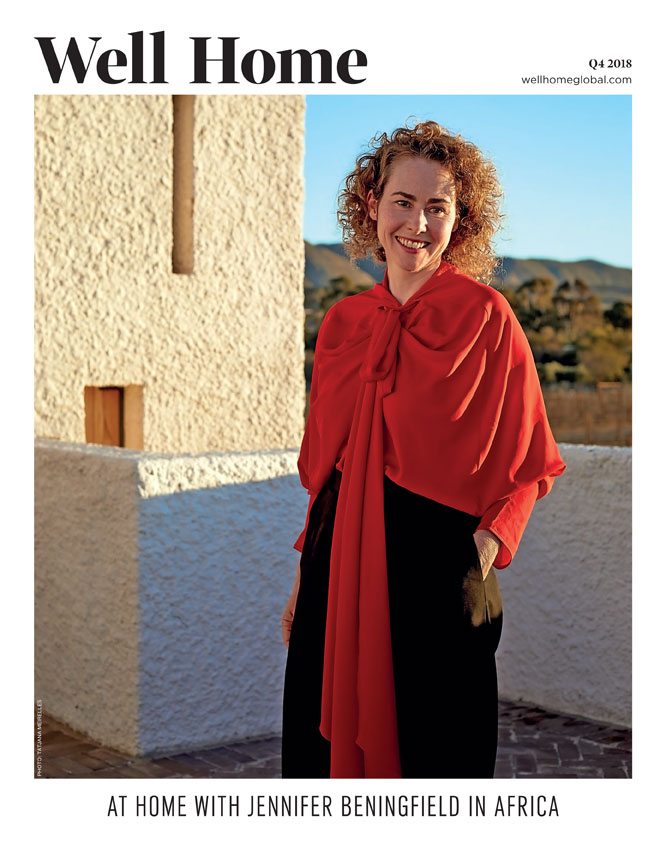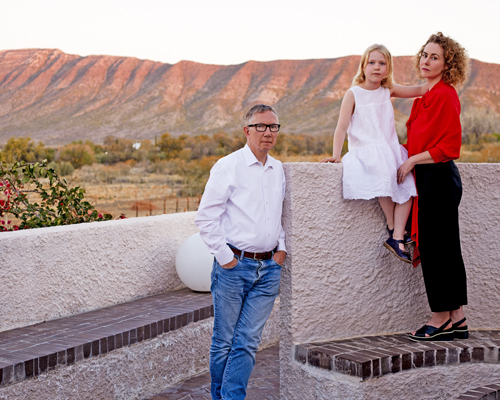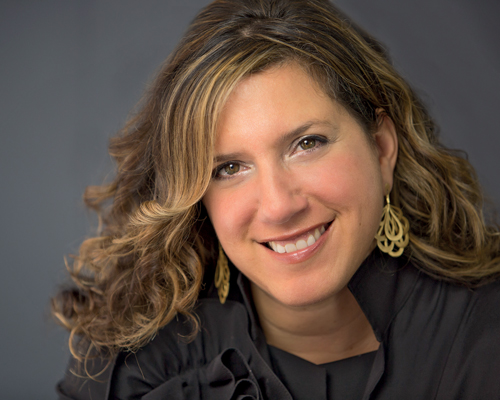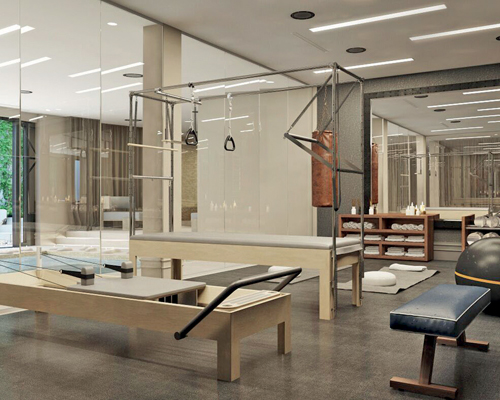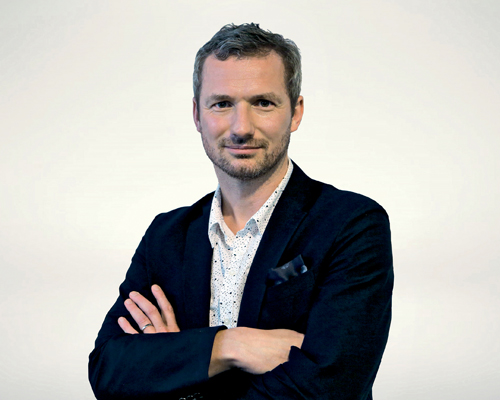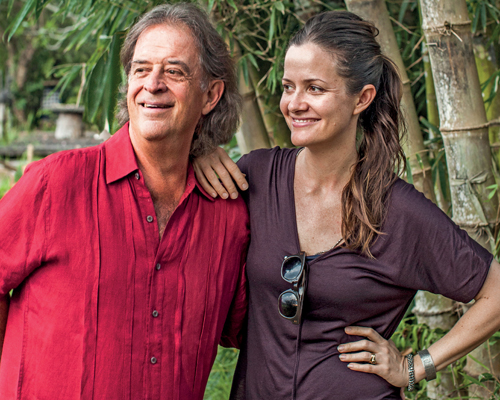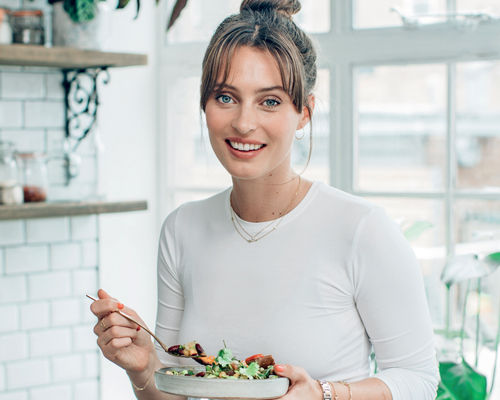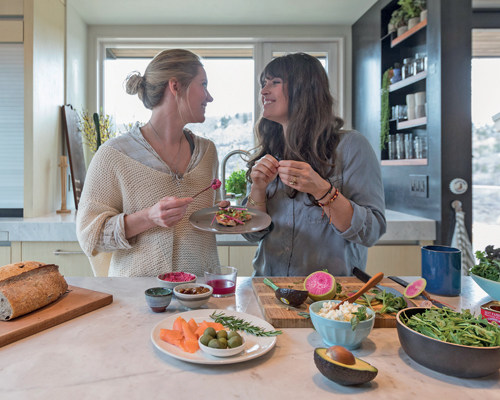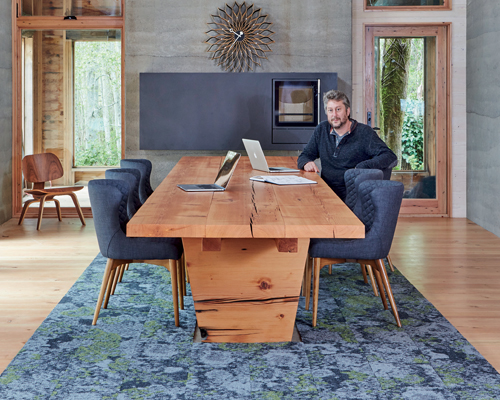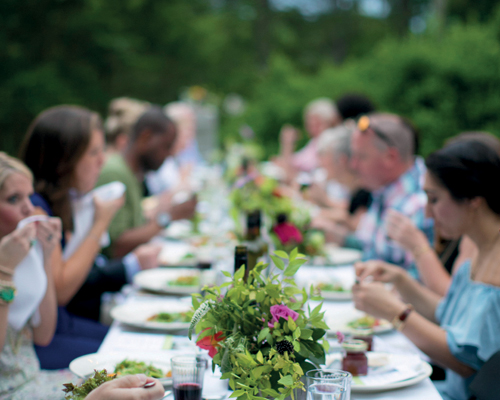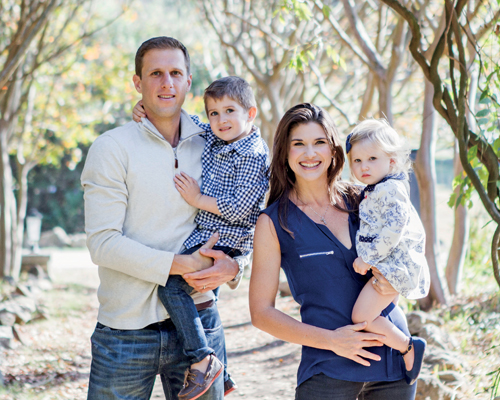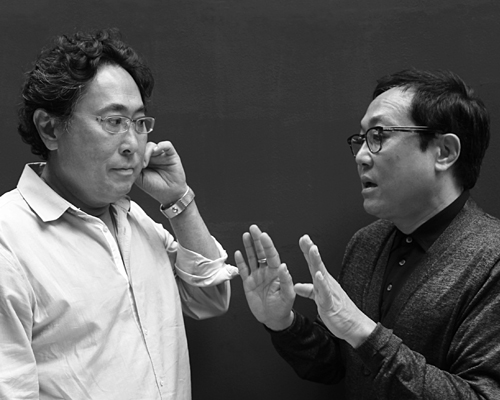Tell us about yourself
First and foremost, I’m an associate and mental wellbeing ambassador at Assael Architecture, where I’ve worked for six years.
Alongside my day job, I’m also a qualified mental health first aider and an accredited mindfulness practitioner with the Mindfulness Association, running regular mindfulness sessions at Assael for colleagues.
My fascination with the impact the built environment has on our mental health was borne from my own struggles with anxiety during the later stages of my architectural studies.
During this time, I realised that mental health issues can affect anyone – regardless of creed, class or colour and that the mental wellbeing implications of design were mostly being ignored within the study and practice of architecture.
This galvanised me to pursue what would become the new book, Happy by Design, and to research tirelessly to understand how we, as architects, can create buildings that make people happier, simply through living and being in them.
In addition to the design and research work, I founded and now chair the Architect’s Mental Wellbeing Foundation, which aims to improve the employment practices of architectural firms in terms of mental health.
Within architecture – and many other sectors – there’s an almost masochistic approach to studying and work, where all-nighters and skipped breakfasts are seen as rites of passage and signs of commitment. Needless to say, this negatively affects our mental health and physical wellbeing, and the Architect’s Mental Wellbeing Foundation hopes to eradicate such bad habits through pooling knowledge, researching new approaches and sharing what we’ve learned.
Ultimately, to better serve the public’s mental wellbeing, architects need to think about themselves first.
Tell us about the book
Happy by Design takes a stripped back approach to the intersection between design and mental health. It’s all about how buildings affect our moods and minds, and how they can be altered and customised to better serve our collective wellbeing in a very wide range of ways.
I’ve broken down the big ideas by working in a systematic way, investigating specific, tangible examples, such as lighting, colour, greenery, materials, proportions, and the nuanced, often unexpected ways they impact our brains.
By taking this straightforward approach, I hope the book will be more accessible to all of us, not simply architects.
The lessons and advice inside are applicable to everyone, from big-time property developers to homeowners, interior designers and those interested in wellbeing and happiness.
The tips and tricks outlined in the book are all accompanied by my own personal sketches and hand-drawn diagrams, which bring life to the ideas.
Why did you write the book?
It started out as a work project for Assael. As a practice, we specialise in residential architecture and had been doing a significant amount of work in the emerging built to rent (BTR) and co-living sectors throughout the UK.
I found that developers and operators were becoming increasingly interested in the wellbeing of their residents –albeit this was mainly physical, rather than mental wellbeing. They’d started requesting dual aspect apartments and things like generous cycle storage, rather than reluctantly providing them, as they had previously, for example.
I wanted to bring my knowledge of mental health and mindfulness to the fore in the design process, helping clients create buildings that would make their users happier and promote wellbeing. This process continued and after a while, I realised that this subject had far wider implications than I’d previously imagined, with the potential to improve the day-to-day lives of people around the world, so, the process of writing Happy by Design began.
What was the purpose behind the curation of Happy by Design? How did you choose the content?
The book started out as a collection of personal observations, which were drawn from my past experience with mental health, the buildings I was working and living in and how they made me feel in terms of my mental wellbeing.
From there, I started the research process to find the facts I needed to substantiate the ideas and claims I was developing, as I felt it was vital to have empirical data for both myself and readers, to ensure I was giving sound advice.
This research covered all the areas people are affected by: space, materials and so on. This then became the basis of the design advice and formed the central chapters. For example, there are chapters on light, comfort and nature, among others.
As I delved deeper, I discovered some surprising things about how we’re affected by our surroundings. For example, messy homes stimulate the release of stress hormone cortisol. It’s not surprising those happy Scandinavians place so much importance on well-designed storage.
Perhaps more surprisingly still, the presence of water can have a big impact on our mental health, with people who live near the sea reporting better mental wellbeing than those who live in more landlocked places.
Once I’d tied down the foundation of the book, it was a laborious but enjoyable process of writing, editing, sketching, checking, debating, thinking, sweating and a little swearing that led me to this point, where the book is published and available for purchase. Would I do it all again? Definitely.
What inspires you?
Over the years, I’ve taken inspiration from a variety of sources, both within the field of architecture and outside it.
In terms of engaging the general public, I think what Kevin McCloud, George Clarke, Piers Taylor and Caroline Quentin have done with their tv programmes about home design and architecture is amazing.
They’ve democratised the whole thing and brought it to a wider audience. They’ve also inspired people to take control of their immediate surroundings – be it at home, or in the office and given them the confidence to make them better.
As a student, I loved books such as Gordon Cullen’s The Concise Townscape and Christopher Alexander, Sara Ishikawa and Murray Silverstein’s A Pattern Language, which combined beautiful passages on design with informative images and useful diagrams.
As somebody who thinks and learns in a visual way, these books really spoke to me and I wanted to recreate some of this feel to share with readers in Happy by Design.
What changes in attitudes would you like to see in the world of home design?
I often worry that architects and developers have become distracted by other issues – some more worthy than others – and have forgotten that when it comes down to it, they’re designing homes and buildings for people.
This may sound simplistic but designing for people should be the fundamental approach of all architects – as proven by many of the greats from the twentieth century, such as Alvar Aalto and Louis Kahn.
Of course, cost, sustainability and award submissions are all important in their own right, but buildings need to serve the human experience and I think it’s very easy now for architects and developers to lose track of that.
I hope that, over time, architects and the wider public gain a genuine understanding of how buildings and spaces affect us psychologically, and learn that the design of them can be tailored towards making people happier and healthier in numerous ways – not all of them cost-prohibitive.
What difference could this make?
The implications of this shift in understanding would be enormous. We currently spend between 80 and 90 per cent of our time inside buildings and over 50 per cent of the world’s population now live in cities. The impact buildings have on us as individuals and communities is only going to increase and we need to grapple with these subjects now in order to improve the future of our cities and buildings.
I also see this work as being incredibly important for the design of affordable housing, as data, unfortunately, shows that the less well-off someone is, the more likely they are to suffer with mental health issues.
A more conscious, mindful approach to the design of affordable housing could help those that need it most and those who often have the fewest resources to address the issues surrounding mental health.
How powerful is design as a preventative measure?
We have to be realistic. Good architecture isn’t going to provide magical cures to people with severe mental health problems – this is a fact. Architecture won’t replace the amazing advances being made in science and medicine.
But by providing comfortable, well-designed spaces where people feel happy and safe, we can improve the day to day happiness of people who use them, which – in my opinion – is a powerful way of keeping people in a better mental place.
I’ve noticed dramatic changes in my mental wellbeing and positivity when I’ve had to live or work in an unpleasant space.
Would better spaces help the next generation?
Undoubtedly! If we started investing in happier buildings right now, the rewards would continue far into the future.
The impact of happy design on children and young adults could be enormous, as the Mental Health Foundation says 75 per cent of mental health problems start by the age of 24.
In addition, there would be a wider social impact, as young people – seeing designers, developers and their parents taking a more conscious approach to design – would learn that mental health challenges affect many people, and addressing them should be stigma-free.
Will you be doing another book and if so, what will it be about?
I’d love to and already have ideas floating around in my head.
Writing and illustrating Happy by Design has been an incredibly educational experience, shaping me as an architect and a person. However, I like to keep my cards close to my chest, so you’ll have to invite me back to discuss it!



